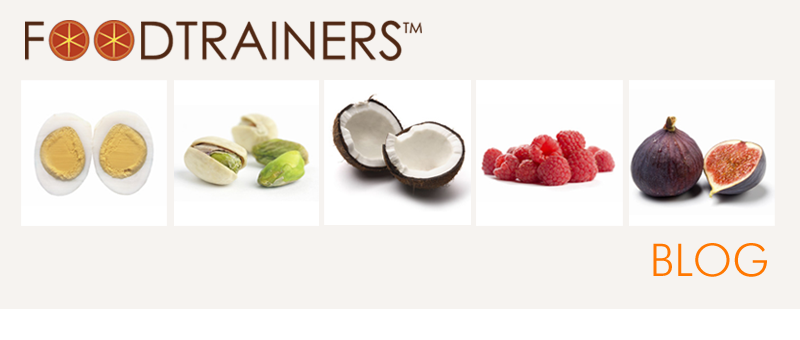I have my vitamix, it’s near and dear to my heart. Carolyn's appliance equivalent is her aerogarden. Here’s an herby post from her.
A few weeks ago I went to a health conference
to nutrition-nerd it up. There was even a guided stretch and movement break.
After “flowing through water” together (oy), a speaker/nutritionist was talking
the Mediterranean diet. It was the same old research until she mentioned the
health benefits of herbs: “half a teaspoon of dried oregano has same
antioxidant content as three cups spinach” Obviously herbs make things pretty
and flavor - guac without cilantro or tomatoes without basil would
be sad. But I had never thought of herbs as a super nutrient dense food. Spices
get all the antioxidant love, this was new news to me. A little research when I
got home revealed that the“antioxidant comparison” came via the McCormick institute,
king of dried herbs, and the speaker has ties to this “royalty”
Since you can’t believe everything you hear
when it comes to nutrition, even at nutrition conferences, I thought I’d share
my favorite herby facts:
- Parsley is both a “delicious debloater” and if you chew on it a natural breath mint.
- Parsley is also an emmenagogue which means it can bring on your period and should be avoided during pregnancy.
- Basil contains a compounded called eugenol which is a natural anti inflammatory
- Cilantro can kill salmonella, it has antibiotic properties so if you have to eat shady food, you may want to grab some cilantro. Lemongrass also has antibacterial properties, good when feeling sick.
- Carminatives are herbs good for ahen gassiness, fennel is Foodtrainers’ #1 carminative but dill (delicious in salads) is great too. No need to just “dill” with it.
- Herbs are great in juices. We adore One Lucky Duck’s swan juice that uses tarragon and spearmint in addition to dandelion, cucumber, yuzu, pear and spinach.
- You may want to include rosemary in your marinades when grilling this summer. It helps block HCAs (carcinogenic compounds formed when grilling).
I no longer have suburban garden envy I am currently
growing basil, parsley and mint (cilantro and stevia were a fail this
batch).
Does nutrition misinformation bother you? Do you have a garden? What are your favorite uses for herbs?
*The winners of the Booty Giveaway are Andrea, Delana E and Michele K. Congratulations, snack well and we'll be contacting you for delivery information.
Does nutrition misinformation bother you? Do you have a garden? What are your favorite uses for herbs?
*The winners of the Booty Giveaway are Andrea, Delana E and Michele K. Congratulations, snack well and we'll be contacting you for delivery information.










%5B2%5D.jpg)






















